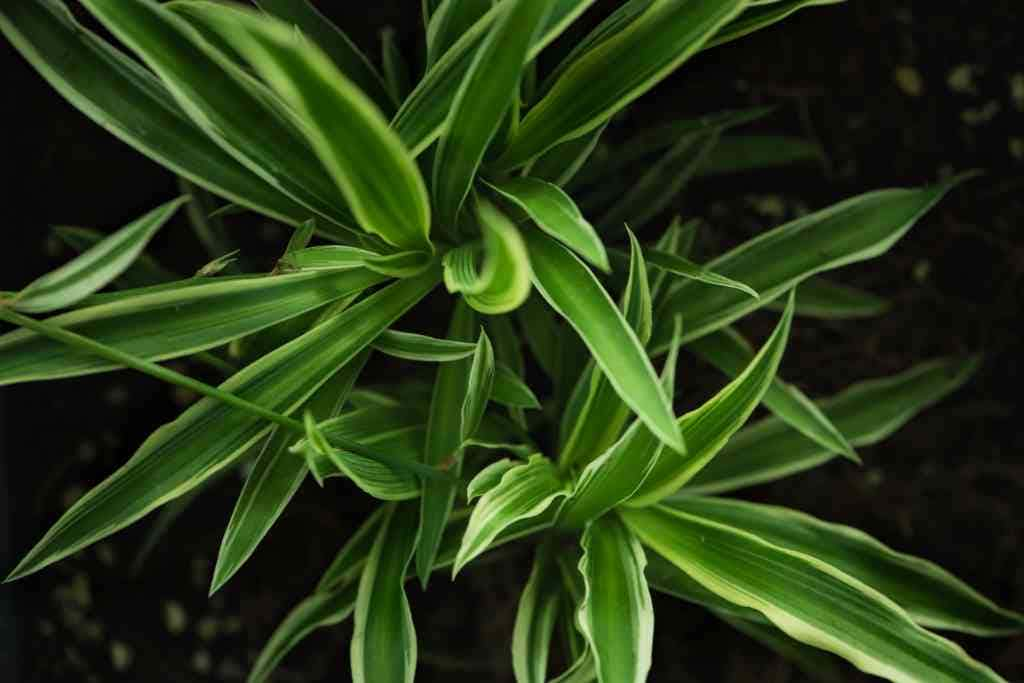When you think about pollution, you usually think of all those harmful toxins outside. Whilst these are important, it is worth considering the toxins and pollutants inside your home. With the windows closed, your air can become dry and surprisingly full of pollutants. These toxins could prove to more of a problem than the air you breathe outdoors. This issue occurs, in part, due to the closed nature of our buildings. We work hard to insulate and keep the heat inside our homes. A side effect of this is we're also keeping the same air inside, and the pollutants have the opportunity to build up rather than dissipate.
There are a few options when it comes to improving the air quality in your home. You can buy air purifiers that filter out the toxins in your home environment. Or you can add a few houseplants throughout your home. These add colour and life to your décor. On top of this, if you choose your plants wisely, you can also improve the air quality in your home.
Do houseplants purify the air?
According to a Nasa study into air purification, houseplants can play a crucial role in making the air we breathe inside our home’s cleaner. Some plants absorb gases like benzene and formaldehyde through their leaves and roots. You find these gases in many plastics, fabrics and soaps in our homes. The plants take these gases and then filter and purify these gases before releasing them back into the air as oxygen.
You might be wondering why you need to worry about indoor pollutants. The answer is that breathing in low-quality air over time can significantly affect your health. Poor air quality can lead to increased risks for serious illness, including pneumonia, asthma, COPD, and even lung cancer. These pollutants won’t affect everyone to this degree, but the risks are real. But indoor pollutants can also affect your health over time by aggravating allergies and causing coughs and breathing difficulties.
Which houseplants purify the air
Not all plants are equal when it comes to air purification. Luckily for us, there is plenty of information available on which plants work best at cleaning the air in your home. Nasa’s clean air study has identified several that work well. We will be discussing some of the best plants to add to your home.
Peace lily (Spathiphyllum)
With broad dark green leaves and distinctive white flowers, the peace lily is a beautiful plant that is perfect for growing indoors. These plants grow well in small rooms with low light and are often known as the cupboard plant for this reason.
Peace lilies are also fantastic air purifiers and can remove a host of toxins from the air. These gases include benzene, formaldehyde, trichloroethylene, and xylene. If you have issues with damp and mildew forming in a bathroom or washroom, then adding a peace lily to the room can help prevent mildew forming.
Peace Lilies are also easy to take care of. Check the soil in the pot once per week and if it is dry water the plant. You can also add some slow-release fertiliser to the soil in the spring to help the plant grow.
Spider plant (Chlorophytum comosum)
If you want an easy plant that is difficult to kill, then a spider plant is a great option. Not only is it easy to care for and grow, but it is one of the best houseplants you can add to your home to help purify the air.
You can get spider plants in a variety of colours and variations. The most common is a hanging plant with cascading green and white striped leaves. If you prefer a pure green variety, then you can choose this, but they are a little harder to get hold of.
When it comes to taking care of a spider plant, you can't go too far wrong. These plants can survive in most conditions, but with a little care, they will thrive. Spider plants prefer bright light but will also survive in shady areas. This is a plant that prefers heat rather than the cold so keep them out of draughty areas. Water regularly during the spring and summer. During winter months then you can cut back the watering to once per week.
Rubber plant (Ficus elastic)
Rubber plants are an excellent addition to your home in part because of how beneficial they can be for the air. They are also because they are another houseplant that is easy to care for. These plants can grow as large as you need so you can control the space they fill. This is perfect for adding colour and interest to the corner of a room.
Rubber plants can remove xylene, benzene, formaldehyde, and trichloroethylene from the air, dramatically improving the room's air quality. Rubber plants can also help increase a room's humidity, which helps if you are suffering from coughs and issues arising from dry air.
When it comes to caring for rubber plants, its best to keep them in light and airy rooms, but you shouldn't place the plant in direct sunlight. Water the plants once per week during spring and summer. You can reduce this to once every fortnight during winter.
Areca palms (Chrysalidocarpus lutescens)
If you have a larger space to fill in your home, then an areca palm will fit the spot nicely. These plants remove a whole bunch of toxins from the air. They also have the added benefit of being non-toxic to cats and dogs. So, you can be safe in the knowledge that your pet will be safe even if they have nibbled at the leaves.
These are tall plants with large bushy leaves. These plants are not quite as easy to care for as other plants. But, if you have the time and inclination, then it is worth the effort.
You will want to find the perfect spot in your home. Areca palms can cope with both bright and shadier rooms but won’t thrive in direct sunlight. During warm months the plant will need regular watering. Be careful with this because overwatering will kill it. To avoid this, let the soil dry out before watering.
Philodendron
Add a touch of jungle foliage to your home with a philodendron plant. You can choose between climbing and non-climbing varieties. The most distinctive aspect of this plant is its glossy, heart-shaped leaves. The philodendron is another plant that can change with you and your décor. You can choose to keep the plant small and contained or grow it into a large bushy plant to fill a bare spot in the room.
Philodendron is an excellent choice for its air-purifying properties. It is specifically known for removed formaldehyde from the air. The large heart-shaped leaves are perfect for absorbing toxins. These large leaves also make great dust trappers, enabling you to wipe the dust away that would have been circulating the room. Another benefit of this plant is that it can help add humidity to the air in the room.
These plants thrive best in situations that mimic the warm sunny climates they originate from. So bright sunny spots that are warm are perfect. Water regularly. You should ensure you keep the soil slightly moist. Don't overwater though or you could harm the plant.
What is the best indoor plant to clean the air?
When choosing the best plant to purify the air in your home, the answer is subjective. You want to pick one known for its air-purifying properties, but there are other issues to consider. You need to ensure you choose the plant you like the look of and that will thrive in your home. You should also consider how much care the plant needs and whether you can meet this.
In this article, we've looked at how houseplants can help clean and humidify your home, and at five air-purifying houseplants in more detail. For best results, it's good to have a mix of plants in your home. So, pick one or two that you like and pop them in your home so that you can enjoy cleaner, healthier air.








